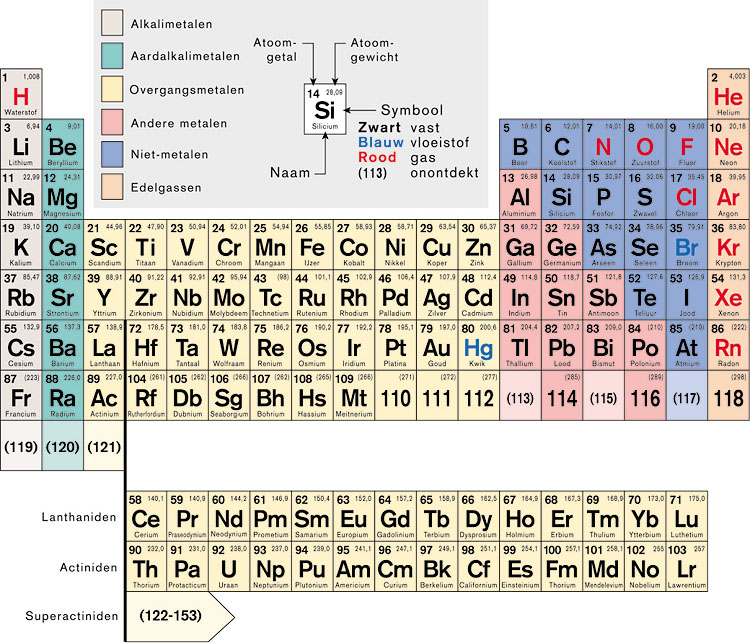Periodic table of elements: Difference between revisions
Jump to navigation
Jump to search
imported>Robert Tito mNo edit summary |
imported>Robert Tito mNo edit summary |
||
| Line 6: | Line 6: | ||
A link to the table is [http://images.google.com/imgres?imgurl=http://www.corrosionsource.com/handbook/periodic/periodic_table.gif&imgrefurl=http://www.corrosionsource.com/handbook/periodic/&h=480&w=580&sz=19&tbnid=G4wY8RtD2Q3CMM:&tbnh=111&tbnw=134&prev=/images%3Fq%3Dperiodical%2Btable%2Bof%2Belements&start=1&sa=X&oi=images&ct=image&cd=1 given here] | A link to the table is [http://images.google.com/imgres?imgurl=http://www.corrosionsource.com/handbook/periodic/periodic_table.gif&imgrefurl=http://www.corrosionsource.com/handbook/periodic/&h=480&w=580&sz=19&tbnid=G4wY8RtD2Q3CMM:&tbnh=111&tbnw=134&prev=/images%3Fq%3Dperiodical%2Btable%2Bof%2Belements&start=1&sa=X&oi=images&ct=image&cd=1 given here] | ||
[[Image:element.jpg|the periodic table of elements]] | |||
== Note == | == Note == | ||
Revision as of 21:07, 9 March 2007
Summary
An element is a fundamental classification of atomic matter where differentiation of particles is made based on the number of protons found in their nucleus. So far 118 elements are known to exist either by producing them artificially or finding them naturally in the environment. Elements are sorted on the Periodic Table of the Elements in ascending order and are usually also provide the state of matter they exist in at STP.
A link to the table is given here

Note
This article is not intended to delve into the past but is to provide a reasonable stepping stone into developing further articles for the individual elements.